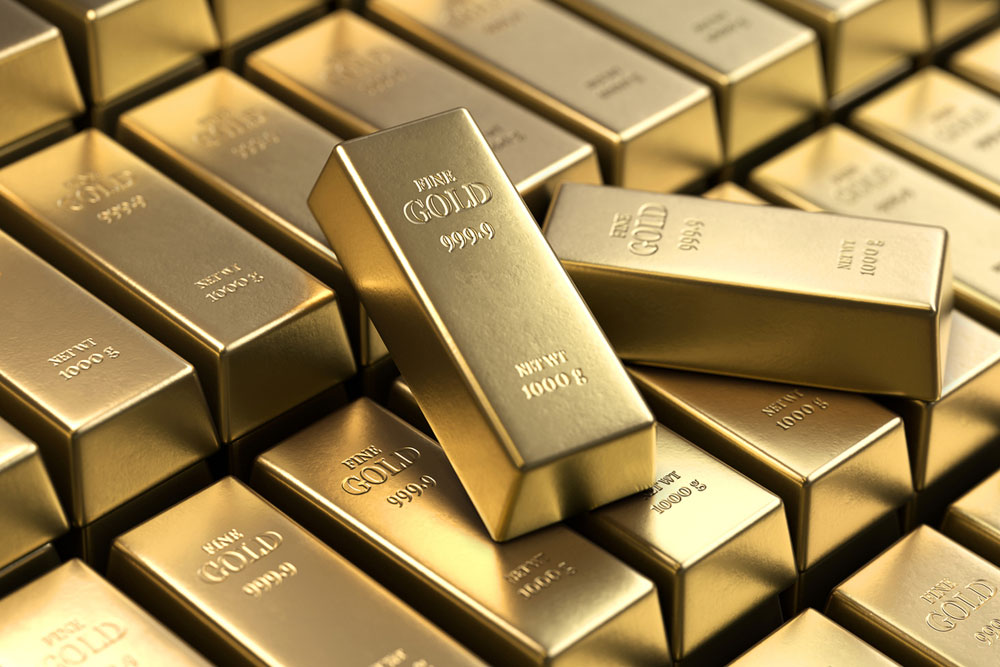In an interview with Kitco News, Christina Hooper, chief investment strategist at Invesco, said that despite better-than-expected inflation data for March this year, she expects the Federal Reserve to cut interest rates this June 2024.
"Disinflation is a very imperfect process," she said. "The process is not perfect or beautiful, but if you look at the mosaic of data, disinflation is still going on."
Hooper added that even if the Federal Reserve postpones the easing cycle until the end of the year, the U.S. central bank has made it clear that interest rates will come down. She added that this stance is an important reason why gold's opportunity cost has not discouraged investors from entering the market.
Since gold is not a yielding asset, its opportunity cost rises as bond yields rise. On Wednesday, the U.S. consumer price index rose more than expected to 3.5% over the past 12 months. Sustained inflationary pressures led markets to anticipate a rate cut in June, sending the yield on 10-year U.S. bonds to a five-month high above 4.5%.
Despite the sharp rise in bond yields, gold continues to trade near record highs. June gold futures last traded at $2382.20 an ounce, up 1.45% for the day.
"I don't think gold will flinch much if the Fed doesn't cut rates in June. Whether they cut rates in June or later in the year, interest rates will come down sooner or later," she said. "From my perspective, there are many factors contributing to gold's rise, and among them, opportunity costs are at the top of the list because rates will be lowered."
Hooper said the most significant factor driving gold is that it is seen by investors as a hedge against fiscal excesses as debt rises in the U.S. and globally.
Along with growing debt problems, Hooper also noted that gold remains an attractive asset for Central Banks as the global currency market becomes increasingly divided.
"While there are concerns about the state of the US dollar, it has not led to the emergence of another global reserve currency, but there has been a fragmentation of the currency market and a by-product has been the rise in popularity of gold," the analyst said.
Although gold has risen significantly over the past month, Hooper says he sees further potential for the yellow precious metal as there is still a lot of spare investment money available.
"You could say that the value of gold is a bit overvalued, but the same could be said about the US stock market. But if you look at the factors driving gold's popularity, you come to a very different conclusion, which is that gold still has a lot of promise."
While Western investors continue to liquidate positions in gold-backed exchange-traded products, Hooper noted that physical demand for the precious metal remains relatively strong. Earlier this week, Wells Fargo analysts estimated that major U.S. retailer Costco sells $100 million to $200 million worth of one-ounce gold bars each month. At the same time, Hooper noted that Asian investors continue to dominate the gold market.
"The reasons investors are buying gold are not going away anytime soon," she said. "Typically, in a scenario where there are multiple reasons to buy and demand is coming from different areas, these price rallies tend to have a long duration."


